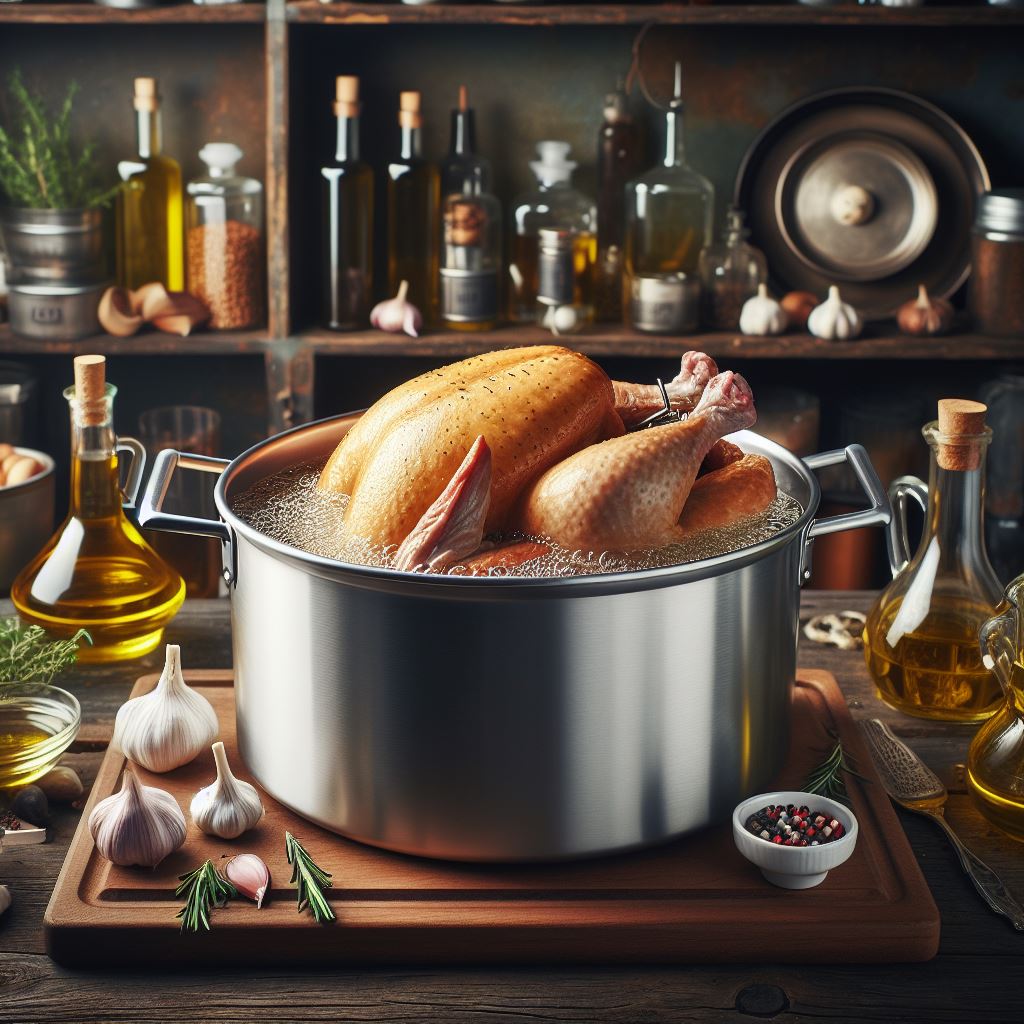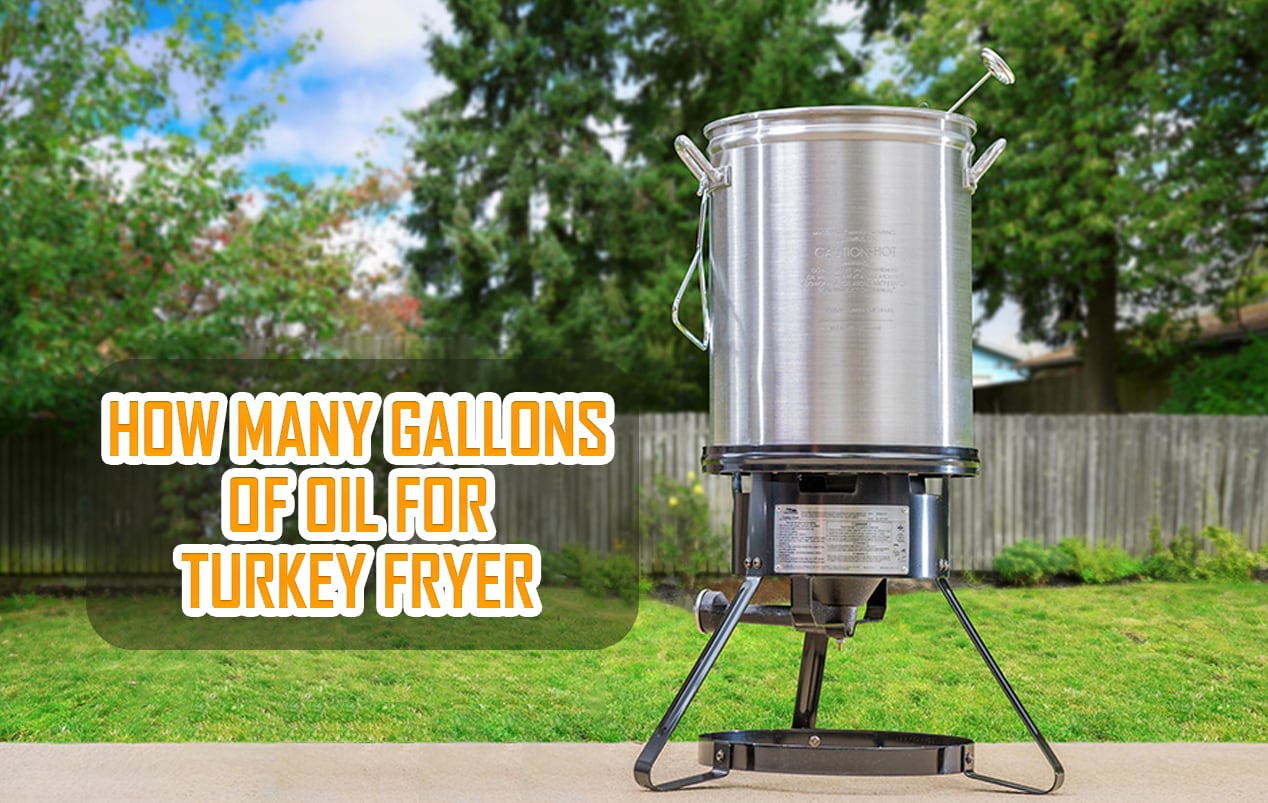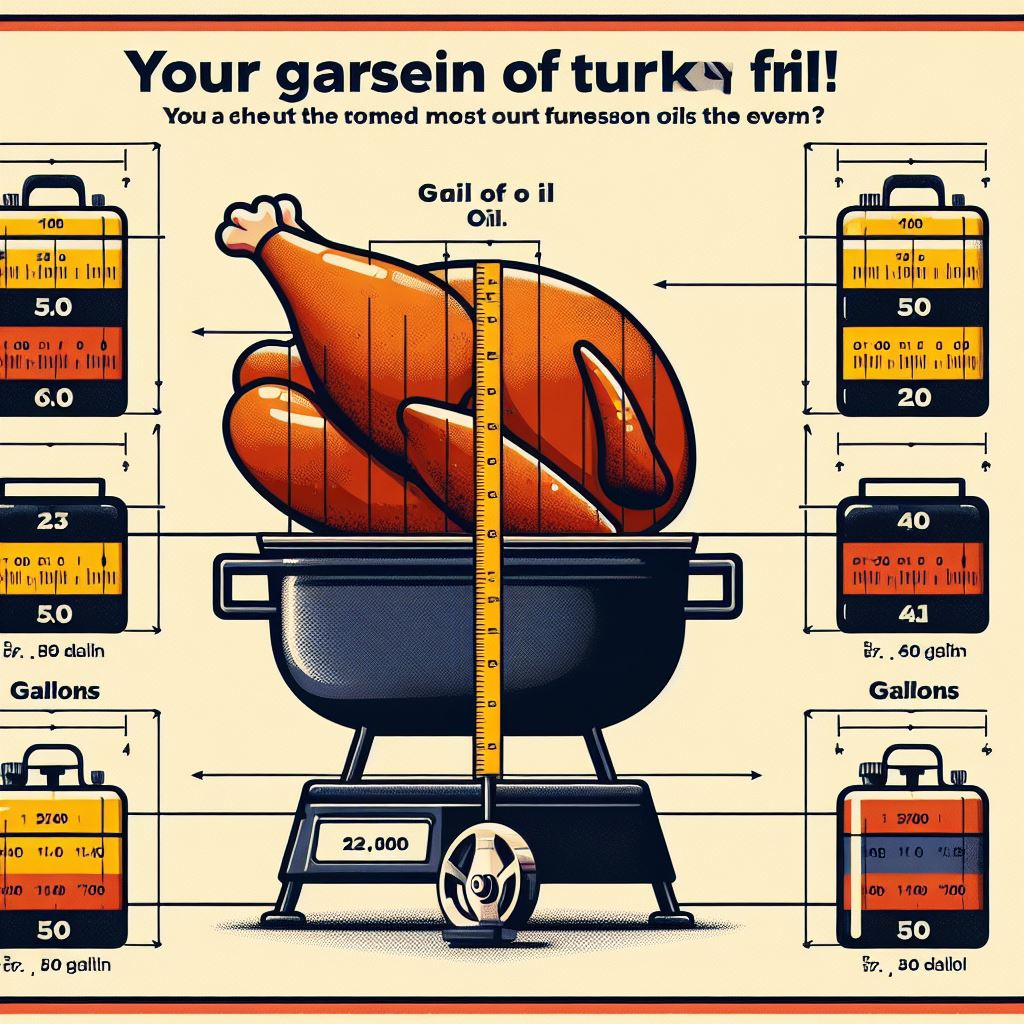As the holiday season approaches, many households are sure to eagerly anticipate the savory delights that accompany a well-cooked turkey at Thanksgiving. In recent years, the popular culinary tradition of the exact minutes per pound to cook, or rather deep-fry a turkey during Thanksgiving has gained momentum.
The deep-frying process promises a succulent and crispy turkey. Still, it also demands a precise understanding of how to use a turkey fryer, especially when it comes to determining when to remove the turkey and how much oil is usually needed. In this comprehensive guideline, we will delve into the intricate details of turkey frying, exploring the steps to calculate the necessary oil amount and emphasizing crucial safety measures for a seamless Thanksgiving feast.
Cooking a smaller turkey, considering the size of the bird, has typically been streamlined to baking it in the oven. However, baking is not the only method to cook, rub or fry a turkey. Although it is extremely yummy when the turkey is done, it is also time-consuming with the hours of preparation it usually takes, especially when you have to rub and ready the bird. Thankfully, there’s a way to cook a turkey without all the stress and time – pour canola oil in the fryer and deep fry it! Deep frying turkey in canola oil is better and quicker than baking, saving you from all the stress and it is much easier.
So, if you are considering deep frying your turkey, you are probably wondering how much oil is required in the fryer to achieve the perfect deep-fried turkey. In this article, we will be sharing with you the rule of thumb for gauges and all the details you need for a successful turkey meal, including how many gallons of oil you need for a turkey.
Selecting the Right Turkey
The success of your deep-fried turkey recipe begins with choosing the right turkey and making sure you’ve considered its size. Taking the size of the bird into account, it’s recommended for typical home usage to opt for a turkey weighing no more than 14 pounds to deep fry in the turkey fryer. Deep-frying larger turkeys may require commercial-grade fryers that have a higher capacity and can comfortably accommodate a larger size of the bird. Selecting an appropriately-sized turkey ensures that it fits comfortably in the turkey fryer and you’re sure it will cook evenly, thus preventing potential hazards.

Water Displacement Method:
To determine how much oil is needed deep to fry a turkey, a widely adopted method involves using the principle of water displacement. This straightforward water displacement technique can be employed in the turkey fryer to help estimate the volume of canola oil required for fully submerging the turkey before you pour out the water and remove it. Follow these steps in using your turkey fryer to calculate the perfect amount of oil:
- Measure the Turkey: Place your turkey in the fryer pot to gauge the size of the bird accurately.
- Water Submersion: Fill the turkey fryer with water until the turkey, preferably in the thickest part of the breast, is fully submerged. It’s crucial to maintain a water level at least an inch above the turkey.
- Record the Water Level: Once the turkey is removed, carefully note the water level in the fryer. This measurement serves as a guide for the required amount of oil.
- Fryer Capacity Consideration: Be mindful of your fryer’s capacity. Each fryer has a recommended maximum fill level to prevent spills and mitigate fire risks. Exceeding this limit could lead to dangerous situations.
Here is a guide to help you with frying your turkey
- Use three to four gallons of oil for a 9-pound turkey and cook for 32 minutes.
- Four to five gallons of oil for a 13-pound turkey and cook for 44 minutes.
- Use five gallons of oil and cook for 47 minutes to cook a 14-pound turkey.
- Use five gallons of oil for a 15-pound turkey.
- Use five to six gallons of oil and cook for 3 minutes per pound for a 20-pound turkey.
- Use five to six gallons of oil and cook for 3 minutes each pound for a 22-pound turkey.

Calculating Oil Quantity
The recorded water level corresponds to the minimum amount of oil needed for a safe and efficient frying process. While some experienced fryers may fill the fryer with oil up to the water level, it’s wise to err on the side of caution and add a bit more oil. This precaution accounts for potential fluctuations in temperature and ensures the turkey is fully submerged, guaranteeing an even and thorough cooking process.
Other Ways to Measure the Oil Level

Another way to determine the amount of oil you need for your turkey is:
Place the turkey in the fryer and fill the pot with water. Fill until the turkey is fully covered with water, and ensure the water doesn’t rise about 1 to 2 inches past the birds.
Please take the turkey out of the water, dry it with a paper towel, and set it aside. Mark the level of the water inside and outside the pot using a waterproof marker. This will give you the amount of oil to add.
Remove the water, dry the pot thoroughly, and fill the pot with oil up to the mark.
What Kind Of Oil Do You Use To Deep Fry A Turkey?
The type of oil used for turkey depends on your taste and how healthy you want your turkey. Peanut oil is one of the best and most used oils for turkey. It has the highest flash point than other oils, which makes it difficult to burn. If you can’t use peanut oil for medical reasons, vegetable oil is another healthy alternative.
Safety Precautions
Deep-frying a turkey involves working with hot oil, making safety a top priority. Here are essential safety tips to keep in mind:
- Thoroughly Dry the Turkey: Before immersing the turkey in hot oil, ensure it is completely dry. Any water or ice on the turkey can cause violent oil splattering, posing a significant safety risk.
- Temperature Monitoring: Most fryers recommend preheating the oil to 375°F (190°C) for optimal results. Investing in a reliable thermometer is essential to monitor the oil temperature throughout the cooking process.
- Outdoor Setup: Always set up your turkey fryer outdoors on a flat, stable surface. Keep it away from structures, overhanging branches, and flammable materials. The open space ensures proper ventilation and minimizes the risk of fire hazards.
- Use a Quality Thermometer: To ensure the turkey reaches a safe internal temperature, invest in a quality meat thermometer. The minimum safe internal temperature for poultry is 165°F (74°C).
Frequently Asked Questions (FAQs)
Can I use any turkey fryer for deep-frying a turkey?
Not all fryers are suitable for deep-frying turkeys. It’s essential to use a designated turkey fryer with the capacity and safety features needed for this cooking method. Standard home fryers work well for turkeys up to 14 pounds, while larger birds may require commercial-grade fryers.
How do I determine the right size of turkey for my fryer?
For standard home fryers, it’s recommended to choose a turkey weighing no more than 14 pounds. Larger turkeys may necessitate commercial-grade fryers. Ensure that the turkey fits comfortably in the fryer without exceeding its recommended capacity.
What is the water displacement method, and how does it help determine oil quantity?
The water displacement method involves submerging the turkey in the fryer pot, filling it with water until the turkey is covered, and then recording the water level. This measurement helps estimate the minimum amount of oil required, ensuring the turkey is fully submerged for even cooking.
Should I fill the fryer with oil up to the water level obtained from the displacement method?
While some may choose to fill the fryer with oil up to the water level, it’s advisable to add a bit more oil to account for temperature fluctuations and ensure the turkey is fully submerged. This precaution helps achieve a crisp and evenly cooked turkey.
What safety precautions should I take when deep-frying a turkey?
Safety is paramount when deep-frying a turkey. Thoroughly dry the turkey to prevent oil splattering, monitor the oil temperature with a reliable thermometer, set up the fryer outdoors on a stable surface away from flammable materials, and use a quality meat thermometer to check the turkey’s internal temperature, ensuring it reaches at least 165°F (74°C).
Conclusion
Deep-frying a turkey is a rewarding culinary adventure that can elevate your Thanksgiving feast to new heights. By understanding the basics of turkey frying, calculating the ideal oil quantity through the water displacement method, and adhering to crucial safety precautions, you can ensure a delicious and incident-free holiday celebration. As you embark on your turkey frying journey, remember that precision and safety go hand in hand for a memorable Thanksgiving feast. Happy frying!
